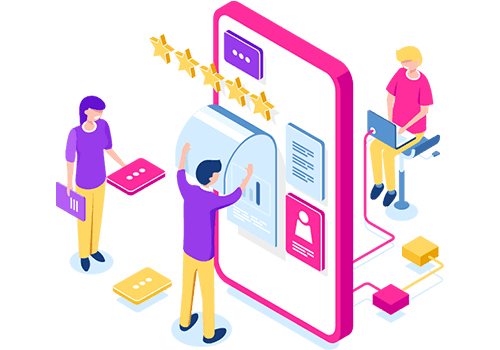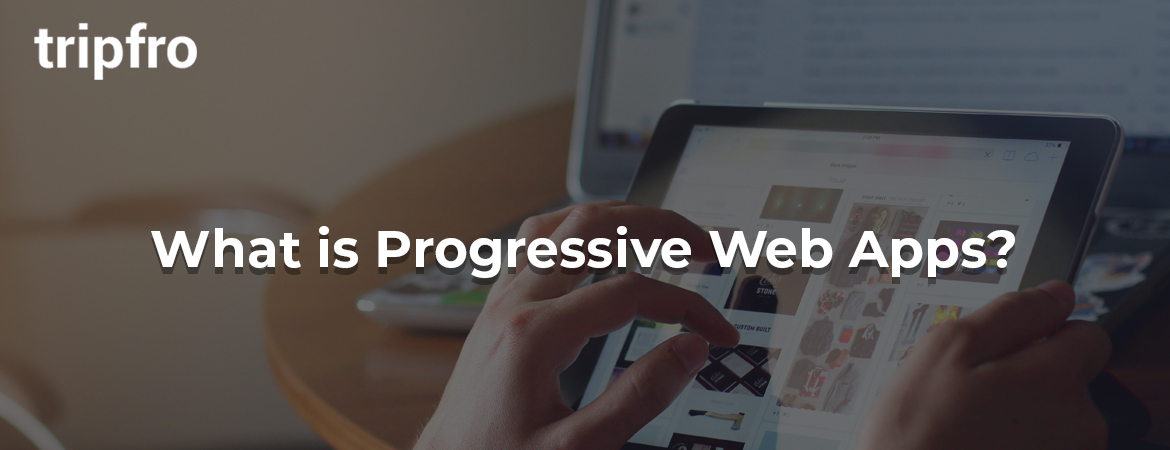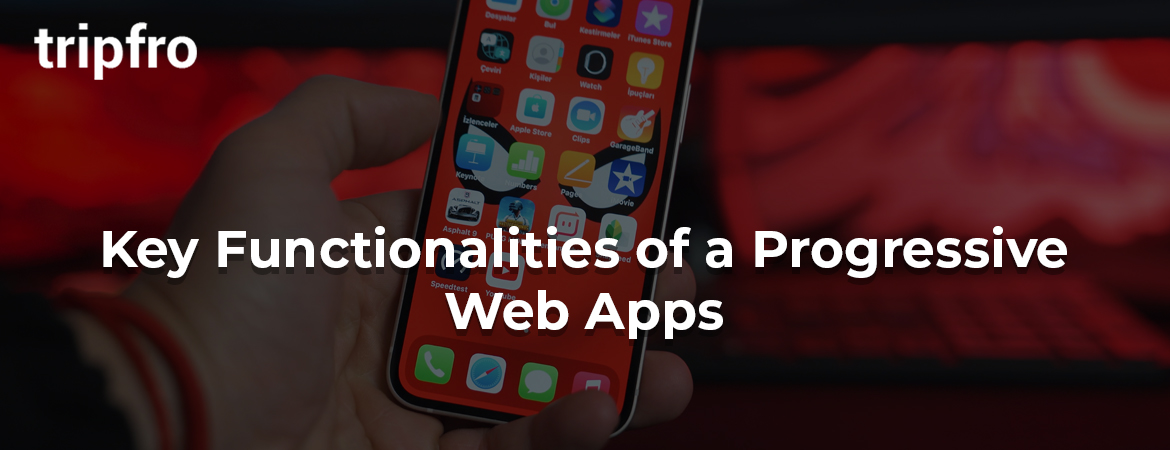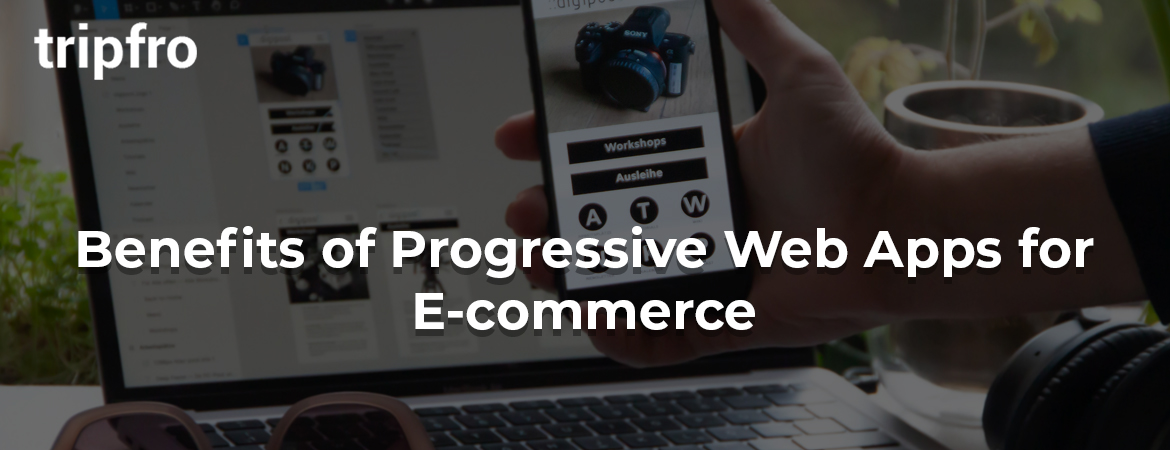Clients and Partners
Trusted by 1000+ companies around the world
Trusted by 1000+ companies around the world

Our service never stops with the sales of our softwares or API Solutions. It goes on in the form of after-sales service since we understand that our products are designed to satisfy your requirements for many years to come.We’ve an established and efficient system in place to deal with all of your after sale support needs.




Every project we take on starts with the aim of being our 'best yet', so you can be assured that our attention to detail and high quality work is present in every job we craft. We want our customers to be as excited and proud of the end product as we are, and we strive towards that goal every day.


Whatever your Business requirement, Tripfro offers completely managed best fit travel technology solution.

 Configure credit limit and deposits
Configure credit limit and deposits Multilingual travel websites
Multilingual travel websites Add offline travel bookings
Add offline travel bookings Distribute white labels
Distribute white labels Dynamic fare caching
Dynamic fare caching Commissions and markup control
Commissions and markup control Advanced Reports
Advanced Reports Manage multiple branches
Manage multiple branches Sub Agents can create and manage multiple branches and users
Sub Agents can create and manage multiple branches and users Optional cross selling platform
Optional cross selling platform SMS gateway
SMS gateway Multi currency transactions for agents and suppliers
Multi currency transactions for agents and suppliers Business intelligence reports
Business intelligence reports Online travel booking engine
Online travel booking engine Multiple sales channels - B2B, B2B2B, B2B2C
Multiple sales channels - B2B, B2B2B, B2B2C Centralised mid-office
Centralised mid-office Ability to connect multiple GDS, LCC, and third party APIs
Ability to connect multiple GDS, LCC, and third party APIs Complete Reservation Management
Complete Reservation Management Travel Agent Management
Travel Agent Management Transactional Accounting
Transactional Accounting Accounting System Integration
Accounting System Integration Comprehensive system to manage rates, discounts and allocation
Comprehensive system to manage rates, discounts and allocation Payment Gateway Integration
Payment Gateway Integration Multiple Supplier APIs
Multiple Supplier APIs Add direct contracts
Add direct contracts Redistribution API
Redistribution API

To help businesses in achieving all this, Progressive Web Apps (PWAs) are proving to be their savior and in recent times, there is a huge user base that is shifting to Progressive Web Apps.
With the increase in the usage of mobile apps, businesses are always striving to offer a fast and efficient experience to their customers. This not only makes customers happy but also helps businesses to boost their sales.
In this article, we will talk in detail about Progressive Web Apps and some of the exciting features to have in your PWA.
What is Progressive Web Apps?
Progressive Web Apps (PWAs) are mobile apps that progressively load and run in a web browser.
With the latest advancement in web technology, they are quickly becoming the standard to bring almost all advantages of a native app to the web. PWA has been receiving a lot of attention since it was introduced as an open-source initiative driven by Google.
Key Functionalities of a Progressive Web Apps

Progressive Web Apps were first introduced by Google Chrome Engineer Alex Russell in June 2015. Described as an evolution that has taken place in browsers, the new class of applications embraces the concept of progressive enhancement – which can deliver a better experience than conventional web apps.
These top-level apps add in new capabilities that set them apart: full-screen, working offline, being on the home screen, push notifications, and much more.
Add to the home screen
The add-to-home screen prompt is utilized to make it easy for users to install PWAs on their devices. Once the user accepts the prompt, the web app will have a native-like presence on the home screen.
This provides PWAs with the same visibility and accessibility as a native app to keep it on top of users’ minds. Added as a first-class icon on the device's home screen, it can be launched with an immersive full-screen experience and control over screen orientation.
PWA technology allows you to decide how your web app appears to the user, by defining splash screen, home screen icon, and theme color for the address bar in modern browsers. Here is our guide to PWA Add to Home Screen. Don’t miss it!
Web payments
PWAs are enhanced with an emerging web standard that simplifies and secures online payment for consumers. To accomplish that, Web Payments remove the need for customers to fill in checkout forms by reusing stored address information and payment details.
As the standard is built natively in the browser, PWAs utilizing web payments can deliver a consistent checkout experience for all users. Plus, its flexibility enables businesses to offer a variety of payment options that work for any browser or device.
Instant load time
PWAs are built with progressive enhancement as their core principle, which enables the app to load instantly on repeat visits. Taking advantage of device-level cache minimizes the amount of data needed to quickly respond to user interaction.
Modern web technologies allow the app to save data locally in the device’s cache, so it would be delivered directly from the user’s device. On repeat visits, PWAs provide the same instant loading as native apps by displaying cached content immediately then delivering the rest of the page progressively. The app can either respond with a smooth transition to the next screen or show a loading indicator while waiting for a response from the network.
Offline mode
Much like a native app, the PWA would respond in a different way when the device is disconnected from the internet. It will still let users continue browsing, instead of telling them they can’t move further on the page like another web normally does.
Built around the concept of offline-first, PWAs are powered with a robust caching system to handle offline requests and send them once the connection is available.
Thanks to this, they can offer offline functionality to achieve a high level of performance regardless of the network condition. Here is our guide to making PWA work offline. Don’t miss it!
Web push notifications
One of the best features missing from the web, push notification, is now made available on the browsers by PWAs. Push notification is proven to be the most effective channel to engage online shoppers.
With PWAs, businesses can make use of web push notifications to communicate with their site visitors in a more personal way. The PWA push notifications look and feel just like native app notifications. That means they should work even when the browser isn’t currently running on the user device, empowering brands to instantly tap into their highest-value audience on the web.
Benefits of Progressive Web Apps for E-commerce

PWA technology has opened the door to a set of new features that were previously limited to native apps. These capabilities harness the best of native apps and websites to improve the overall experience for users:
1. Save data
PWAs work on demand and are always accessible while minimizing data usage on the user’s device. Their lightweight user experiences emerge in the markets where a data connection is limited or costly. With PWAs, users can choose to consume fewer data without having to sacrifice the convenience of a native app. This helps save money on a data connection for those who use the PWA to interact with your brand.
2. Cross-browser/device
Like other websites, PWAs work cross-browser, offering universal access to all users. They can just navigate to any browser and instantly access the app. Once loaded on a browser they can work seamlessly on varying screen sizes: mobile, tablet, or desktop. A well-designed and well-built PWA can assure that users get the best experience possible while browsing, regardless of their device.
3. Reliable
Thanks to PWAs, web users are no longer restricted to devices that are always connected to the internet. A PWA-based store can still work ideally when connectivity is lost, which is critical to handle network limitations.
With the ability to work offline, PWAs provide a reliable shopping experience on the go, where data connections could be limited or not even available. They’re great for on-the-go shoppers, who may lose access to the internet periodically throughout the day.
It makes sure your customers stay engaged in those moments by allowing them to continue browsing product catalogs, adding items to the cart, even if they’re not online.
4. Fast
It’s no secret that site speed is vital to the success and profitability of any online venture. Slow sites are proven to have a negative impact on engagement and conversion across a variety of network conditions and devices: 53% of mobile visits are abandoned if the page takes more than 3 seconds to load. Ultimately, brands looking to provide their customers a truly helpful experience need to optimize their web stores for speed and efficiency.
PWAs are streamlined to help users quickly reach the products they are trying to find and easily make purchases. Once loaded, the app can instantly react to user interactions with silky smooth transitions, without having to reload like a conventional website. Its instant load time empowers the app to cut through the clutter, allowing users to complete their desired tasks rapidly and therefore making it easy for them to convert.
5. Engaging
PWAs are powered by a range of advanced features that aim at facilitating engagement for e-commerce stores. They can earn a place on the home screen, allowing for rapid repeat access without the need to launch a browser and type in the address. The convenience of accessing the web app right from the user’s home screen can help PWA achieve the high re-engagement rate of a native app.
With a simple one-click push opt-in, consumers have an additional touch point to conveniently interact with the brands they love, on their most personal device. Brands can keep their push-enabled users timely updated with the latest news, offers, and other useful information. Utilizing push notifications also helps address the all-too-common problem of cart abandonment for e-commerce sites.
6. Secured
A progressive web app is secured by default, as web security is a requirement to enable its app-like capabilities. In order to be a PWA, it has to be served over HTTPS to provide security and privacy for users. With HTTPS enabled, your PWA can make sure that all of its communications with users are protected, including payment transactions, customer information, and browsing history,
7. Discoverable and shareable
Due to increasing competition, the cost to acquire a new customer continues to rise. Meanwhile, PWA ecommerce sites can bring great benefits for businesses in terms of app discovery and user acquisition.
Unlike native apps, it can be crawled and indexed by search engines, which maximizes its visibility to online shoppers. This allows new users to discover your PWA while browsing through the search results. Also, PWAs provide engaging app-like experiences after discovery to make sure they stay and convert.
Each page of a PWA is linkable, which means it can easily be shared via a unique URL. This enables the PWA to spread to anywhere that supports URL and potentially reach a broader audience. For new users, a PWA doesn’t require complex installation, making it much easier to adopt than a native app.
8. No app stores
Progressive web apps help businesses deliver a great app experience anywhere users want, instead of being limited to the app stores. For new users, having to download and install an app on their devices to complete an order is quite an unnecessary friction.
They would be much more likely to stay within the mobile browsers for a quicker and easier solution to complete their task. PWAs eliminate the hassle of app stores by delivering an app-like experience so users can browse it directly from the web.
9. Always up-to-date
With PWAs, users don’t have to download and install updates to get access to the latest version. As long as they’re connected to the internet, PWAs can ensure the most up-to-date content is always available. This allows you to publish new content to the PWA without affecting customer experience as it would be instantly refreshed.
10. Save time and resources for your business
Native apps take extra time and effort in terms of supporting different platforms like Android and iOS, which makes them extremely expensive to build and maintain. Meanwhile, a PWA can be implemented with one single codebase to simplify and reduce the cost associated with development and maintenance.
This eliminates the need to create separate apps for Android & iOS, saving a lot of resources in building, publishing, and marketing the app. PWAs provide a better and easier way to provide an app-like experience for your customers, instead of going through a long process of distributing to the app stores.
When To Build Progressive Web Apps
The development of progressive web apps can help you solve various challenges. Let’s describe several situations when going progressive makes sense.
As people mostly rely on wireless networks and mobile connections, they are likely to prefer websites and apps using fewer data and remaining at least partly functional offline. And PWAs have it all.
First and foremost, building PWAs is about user engagement. Users who don’t want to make extra clicks to download an app may be a significant part of your community. Stats from a recent comScore report prove this assumption is well-founded.
More than 50 percent of US Smartphone users don’t download even a single app a month. With a PWA, you can engage with this large user group even if you already have a native app. It also allows for saving a substantial amount of budget on native apps’ updates and maintenance.
Building a progressive web app is faster and cheaper, so you can use this app type to support a single or annual event like a music festival.
However, it’s important to remember that functionality is PWAs’ weak spot. So, if native app-specific features (i.e. access to a camera or geolocation) aren’t essential, and then stick with a PWA. No wonder leading media like the Financial Times or The Washington Post have realized the benefits of using PWAs for publishing articles.
To summarize all of the above, things you should consider when making a choice are performance and functionality, development time frames and costs, as well as user experience.
Grow Your Business with Progressive Web Apps!
As an ecommerce business owner, you have a lot to gain from using eCommerce progressive web apps. When your online store takes less than three seconds to load, it significantly decreases bounce rates and increases conversion and customer engagement levels. With the enhanced user experience, your customers can quickly and efficiently make their purchases.
TripFro offers a full complement of over 250+ shipping solutions so that when those orders start rolling in, you won’t have any trouble delivering your products to your customers. Sign up for a free TripFro account today and see how we can help your business!
Wrapping Up:
Progressive web applications are called "progressive" for a good reason. They use modern web capabilities to deliver an app-like experience for users. On top of that, they enhance the users' engagement.
Progressive web apps are armed with the best modern goodies from both worlds — mobile and web apps: push notifications, offline mode, background support, and more. These features bring new opportunities for business owners to reach their customers and have better user engagement.
World-known companies have already discovered how PWAs can work in their favor. Now that you know how progressive web apps can help businesses grow, consider implementing your idea in a PWA!
So, if you decide to develop your first PWA, take the time to choose a reliable company. Check out their portfolio and who's in their team. Choose only experienced companies, such as TripFro.
As a matter of fact, the success of your PWA massively depends on the people who are going to create it. So, pick only the best one!
Hotels
Flight
Forex
Business
Cruise
Buses
Rails
Holidays
Cars
Destination
Sigts
Visa
Insurance
Powered by our Industry Leading Travel Technology – Including complete inventory and Global Fares –
Tripfro gives you the highest quality travel technology solution to power your brand.